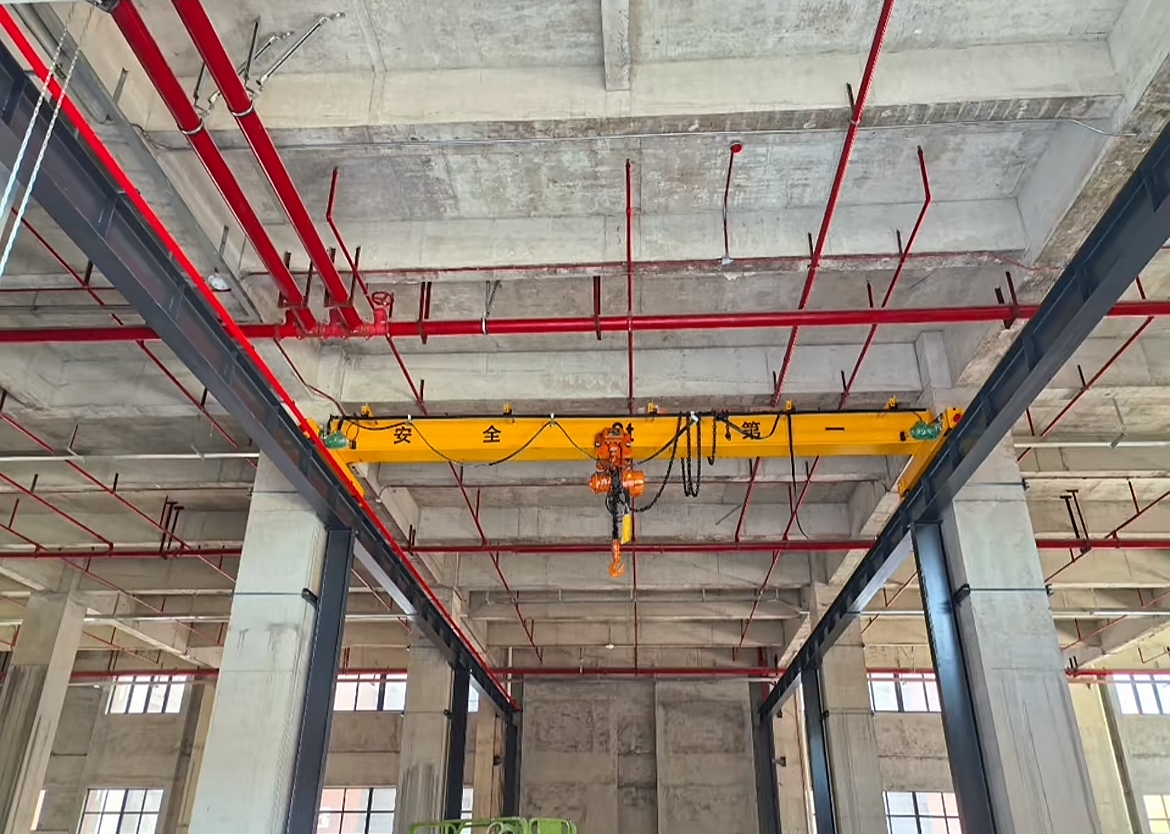Strict Adherence to Operating Procedures: Effectively Reducing Collision Risks of Single-Girder Overhead Cranes
In industrial production and logistics warehousing, the overhead crane is a fundamental piece of material handling equipment whose safe operation is critical. The single-girder overhead crane, in particular, is valued for its compact structure and cost-effectiveness, making it common in workshops and warehouses. However, the operational environment for this type of crane often includes other equipment and personnel, increasing the potential for collisions. Implementing and strictly following detailed operating procedures is the most effective way to mitigate these risks and ensure a safe workspace.
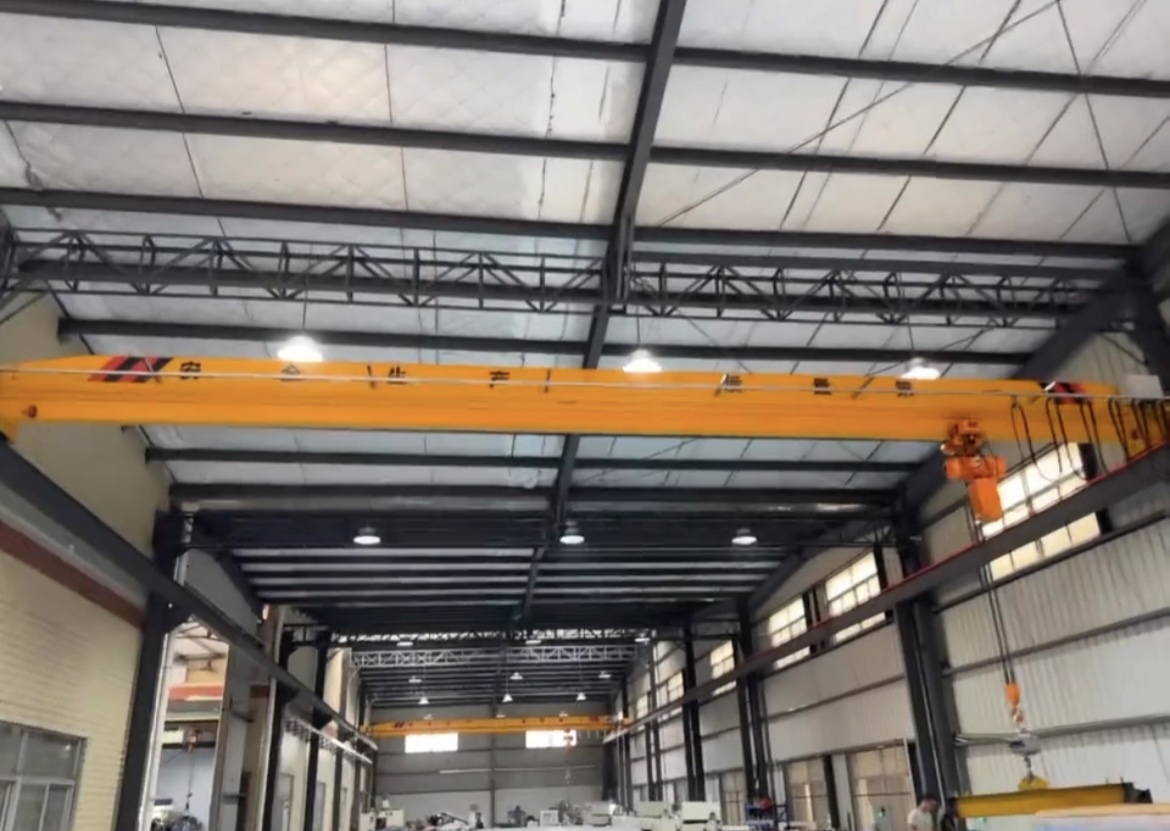
Pre-Operation Preparation: Establishing a Safe Foundation
Safe operation begins long before the crane is moved. Operators must conduct a thorough pre-shift inspection of the single-girder overhead crane and its environment:
Environment Check: Visually inspect the entire runway for the bridge and trolley, ensuring it is clear of obstructions. Check for personnel working in the vicinity and verify that lighting is sufficient for safe operation of the overhead crane.
Equipment Inspection: Perform a visual and functional check of all key components of the crane, including the hoist, brakes, hook, and wire rope. Test safety devices like limit switches and the warning alarm. No single-girder overhead crane should be operated if any safety system is faulty.
Rigging Selection: Choose the correct slings and attachments for the load. Inspect all rigging for damage before connecting it to the crane hook.
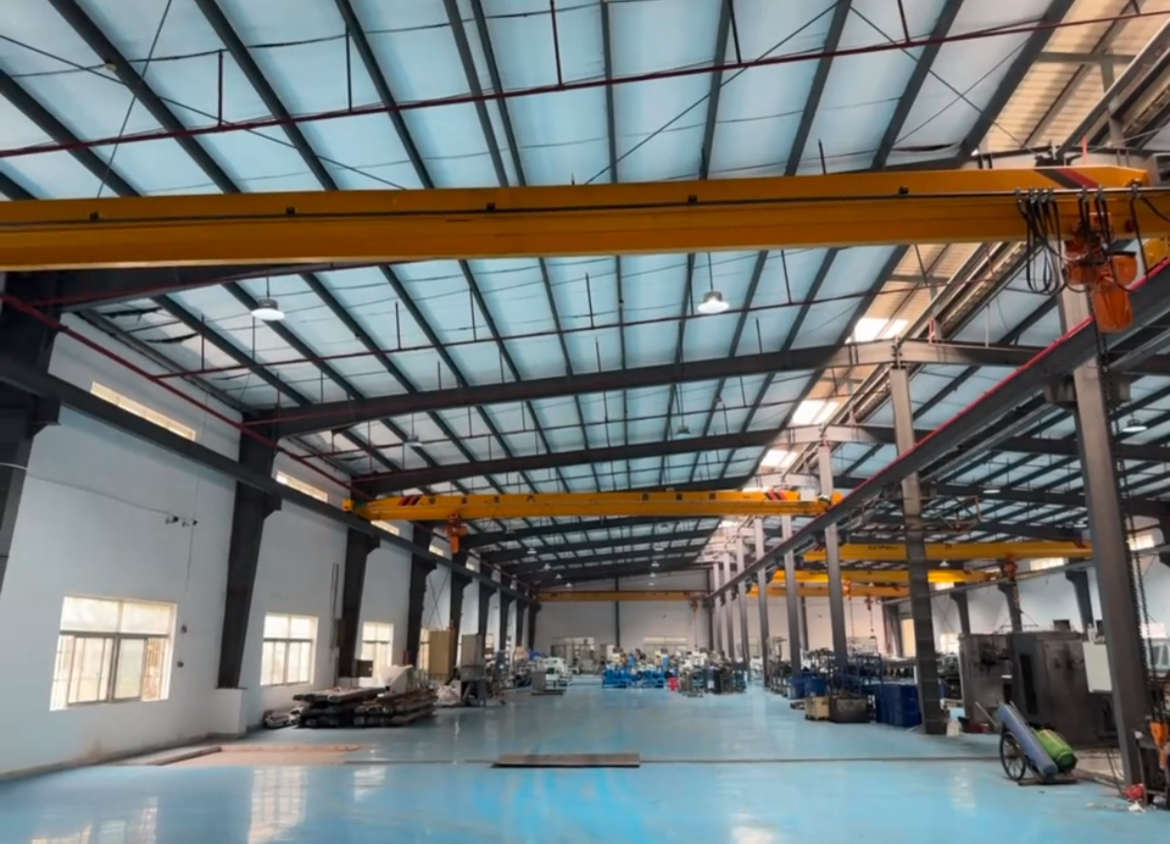
Standardized Operational Practices: Precision Control to Prevent Collisions
The way an operator controls the crane is the primary factor in preventing accidents:
Clear Communication: A single designated signal person must communicate with the crane operator using standardized hand signals or radios. The operator must sound the warning bell before initiating any movement of the overhead crane.
Smooth Operation: Hoist and lower loads smoothly to prevent swinging. Start and stop the bridge and trolley movements gradually to minimize load inertia, a common cause of impact when operating a single-girder overhead crane.
Maintain Safe Distance: Be acutely aware of the surroundings. Never operate the crane over personnel and always maintain a safe clearance from walls, storage racks, and other equipment. When multiple overhead crane units are on the same runway, establish and follow clear right-of-way protocols to avoid bridge collisions.
Precise Load Handling: Use inching controls to accurately position the load before landing. This final step is crucial for the safe operation of any crane.
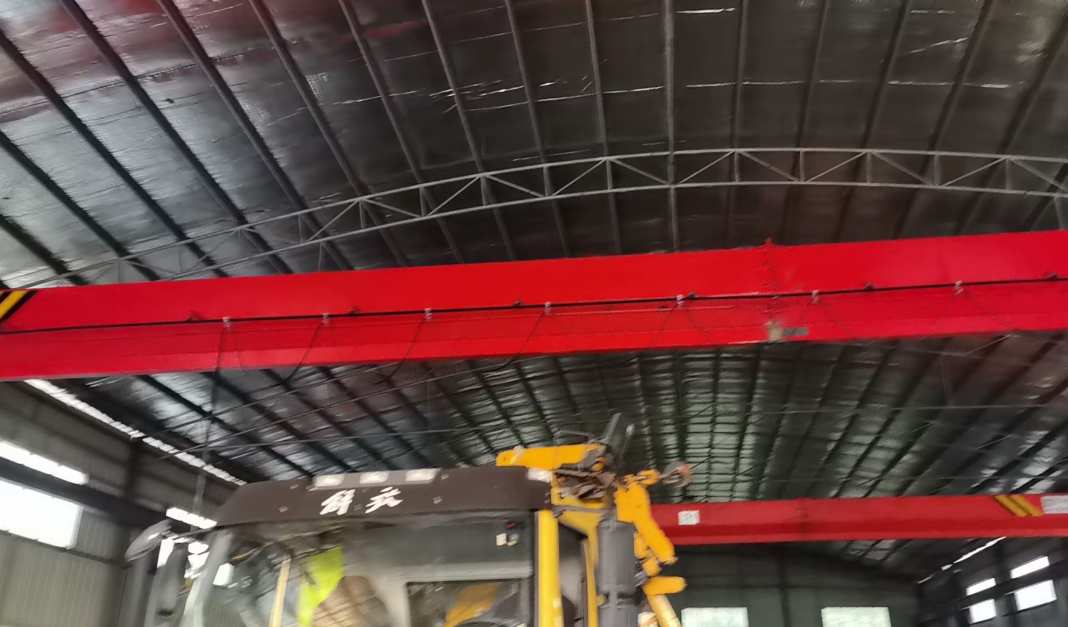
Post-Operation Management: Closed-Loop Management for Continuous Safety
The end of a task is not the end of safety management:
Secure the Equipment: Park the single-girder overhead crane in its designated storage position. Raise the hook to a safe height, return all controllers to the "OFF" position, and disconnect the main power supply to the crane.
Reporting and Handover: Complete any logbook entries and report any malfunctions or near-misses encountered during the shift. This information is vital for maintaining the overhead crane and for informing the next crane operator.
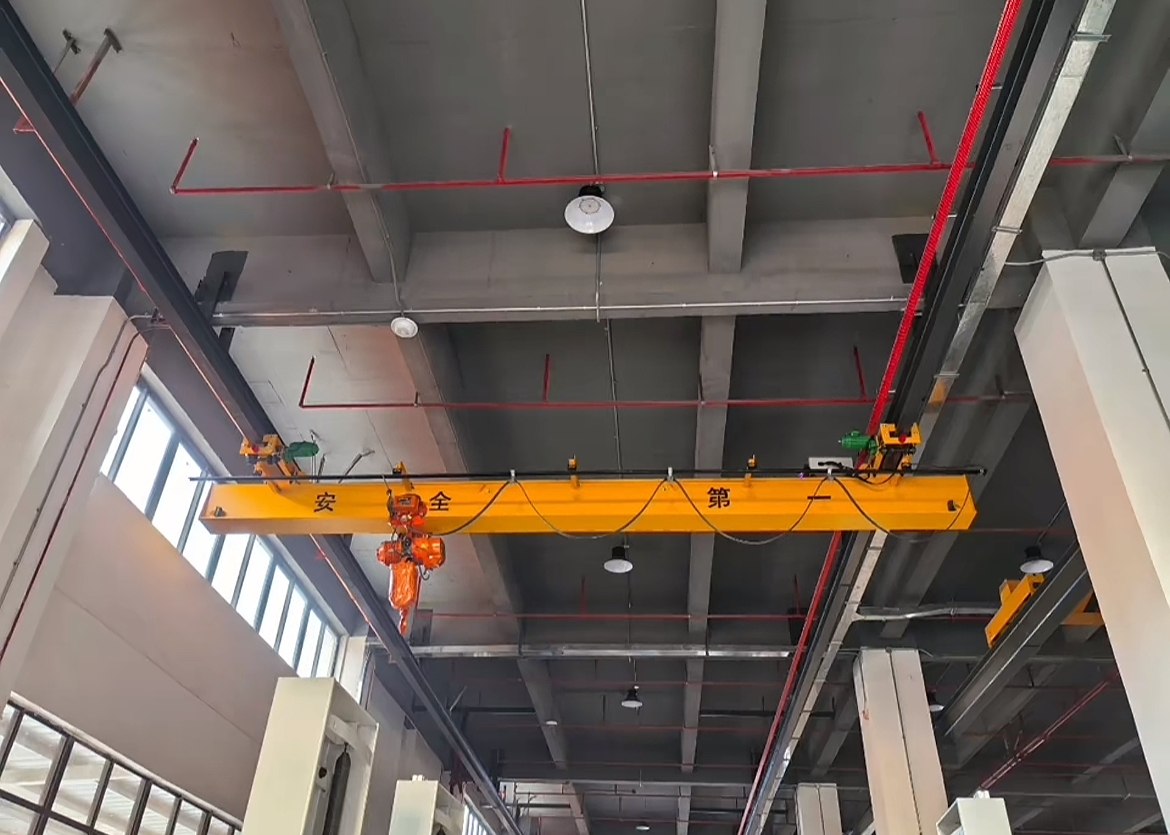
Conclusion
The collision hazards associated with a single-girder overhead crane are significantly reduced through disciplined adherence to comprehensive operating procedures. From pre-operation checks to precise load handling and post-shutdown protocols, every step is designed to manage crane risk. Ultimately, the safe performance of this equipment depends on knowledgeable operators who understand that every lift requires focus and respect for the power of the crane they are commanding.
